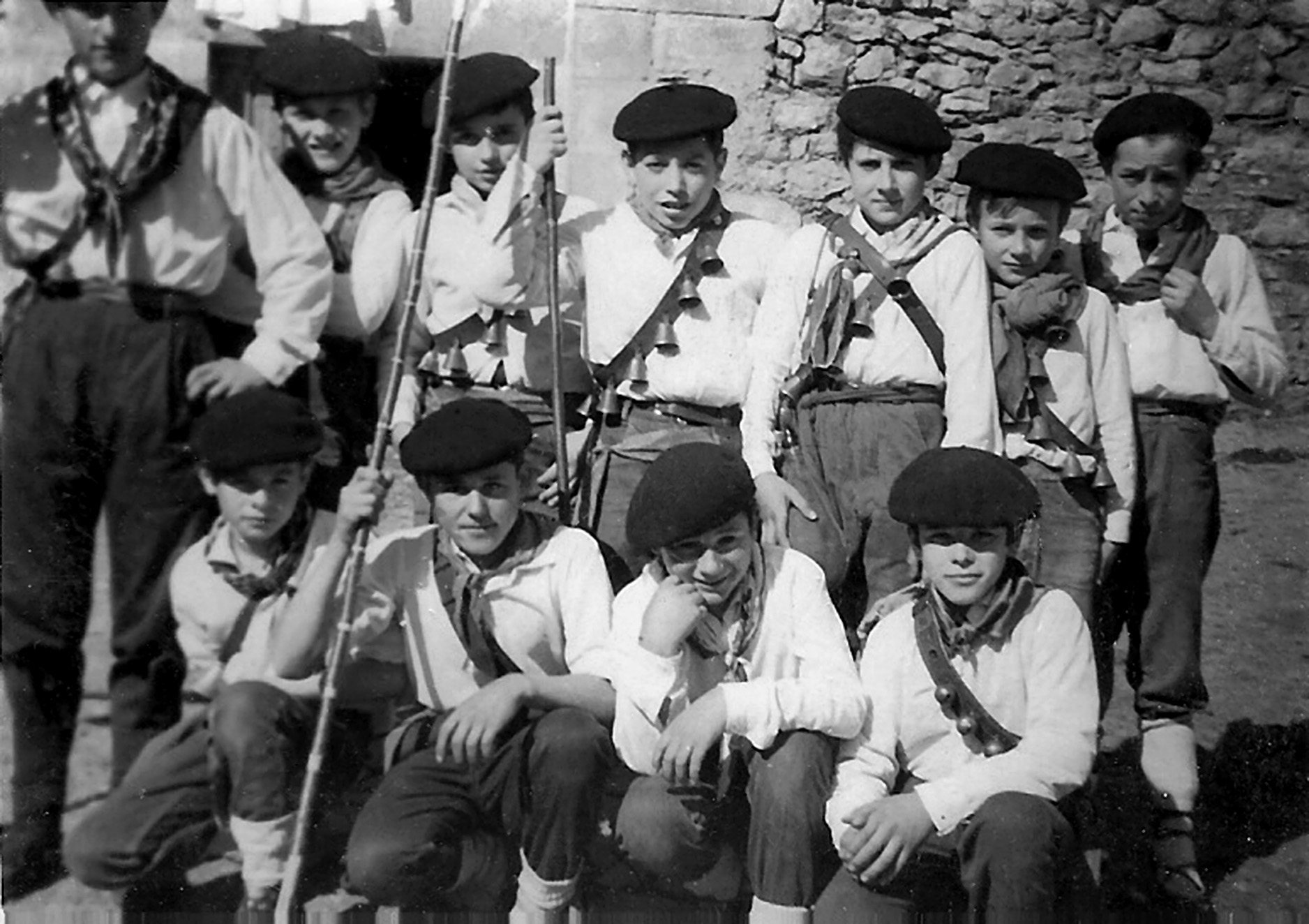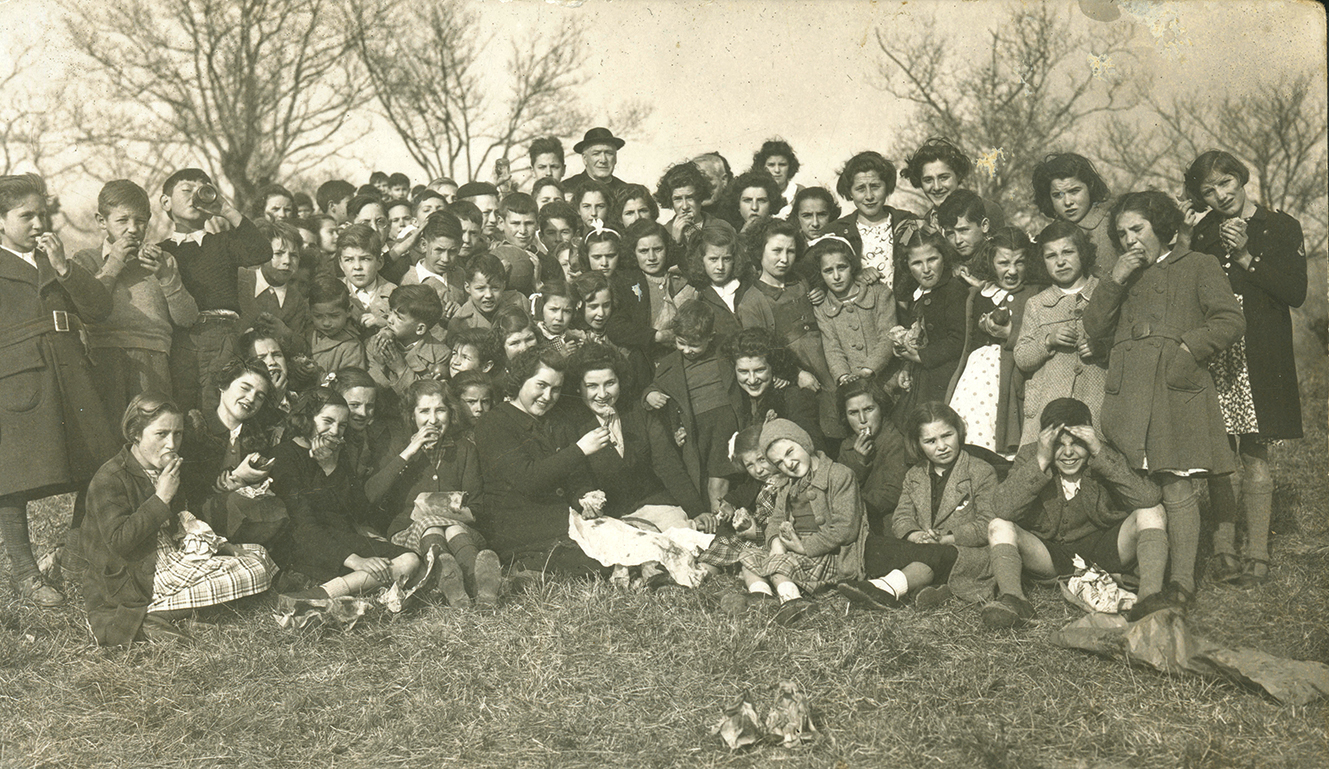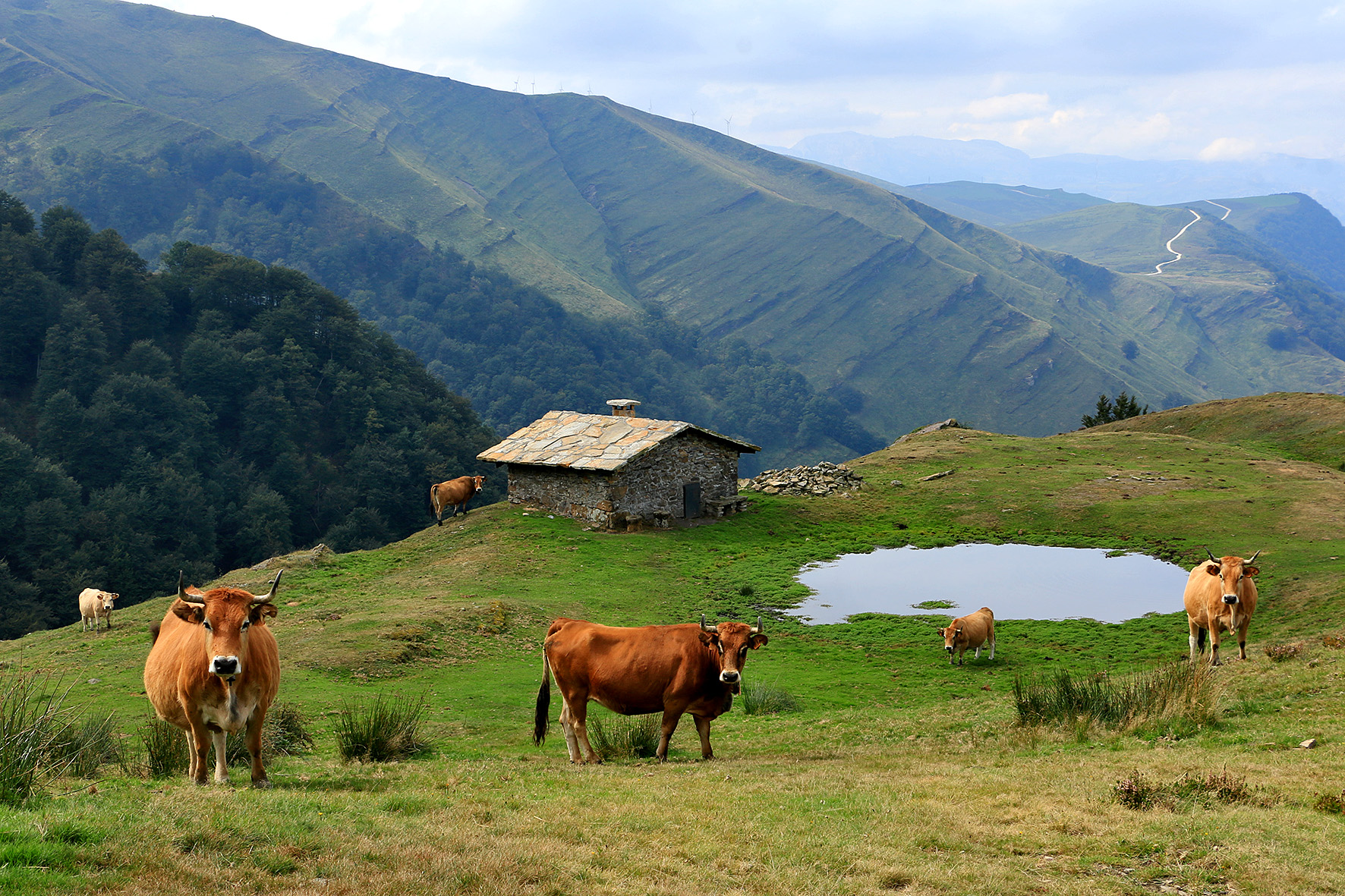Basque ethnography at a glance

Marzas singers from the neighbourhood of Matienzo in the Valley of Carranza (Bizkaia) in the mid-1960s. Courtesy of Miguel Sabino Díaz.
Located in the westernmost end of the district of Encartaciones in Bizkaia, the wedge-shaped Valley of Carranza is bounded by the autonomous community of Cantabria and the Merindades of Castile. It is the last tract of Basque land to see the sun set and the first to feel the rain fall when storms arrive. The vastness of the Valley together with its centuries-old isolation might perhaps have contributed to the development of a strong cultural identity. (more…)

Basokoipetsu. Berrizburu (Bizkaia), c. 1940. Courtesy of Aurora Agirresakona.
Carnival is the main and most deeply-rooted celebration of the carnival cycle and does not have a fixed date. Depending on location, the cycle also encompasses several pre-carnival traditions.
Here we shall focus on the custom preserved in Bizkaia on the Sunday previous to Shrove Sunday, marking the start of the carnival season before the run-up to Fat Thursday and culminating in celebrations on Shrove Tuesday. (more…)

Rebuilt dwelling for herders in Gumadernia. Carranza (Bizkaia), 2018. Miguel Sabino Díaz.
Since ancient times shepherds from the valley who grazed their flocks on hillocks and heights of the Ordunte Mountains belonging to the municipality of Carranza (Bizkaia) have used caves and rocky outcrops in the range, along with improvised shanty constructions for temporary shelter from inclement weather and protection against the presence of wolves and the grave danger they posed to the sheep. (more…)

Operators at telephone exchange. Vitoria-Gasteiz, 1926. Fundación Telefónica Photographic Archive.
It is commonplace to talk about the significant progress made in communication. Field research conducted in 1997 includes data gathered to a shepherd from the neighbourhood of Bernagoitia in Amorebieta-Etxano (Bizkaia) and reveals the use of an old method of communication.
As the flock grazed near the farmhouse or the camp during transterminance, and provided that sites messages were sent from and received were within sight, the messaging procedure prevented unnecessary journeys, spreading a white sheet or piece of clothing on the field being the signal, known as zeinea, to either confirm or rule out information previously agreed upon. (more…)

